SPECworkstation 3.0.2 Storage Benchmark
SPECworkstation benchmark is an excellent benchmark to test systems using workstation-type workloads. In this test, we only ran the Storage component, which is fifteen separate tests.
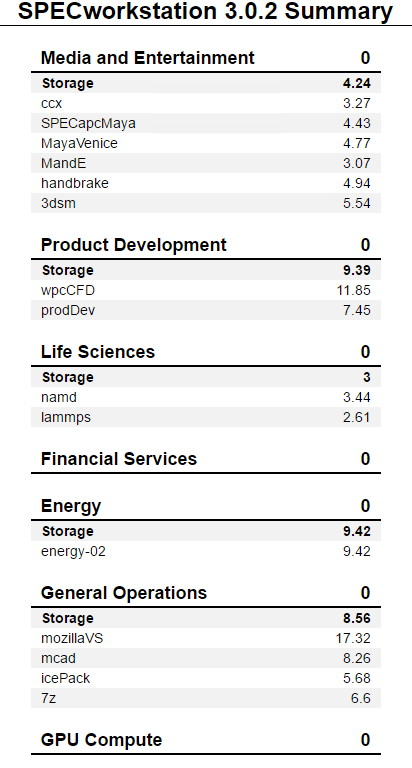
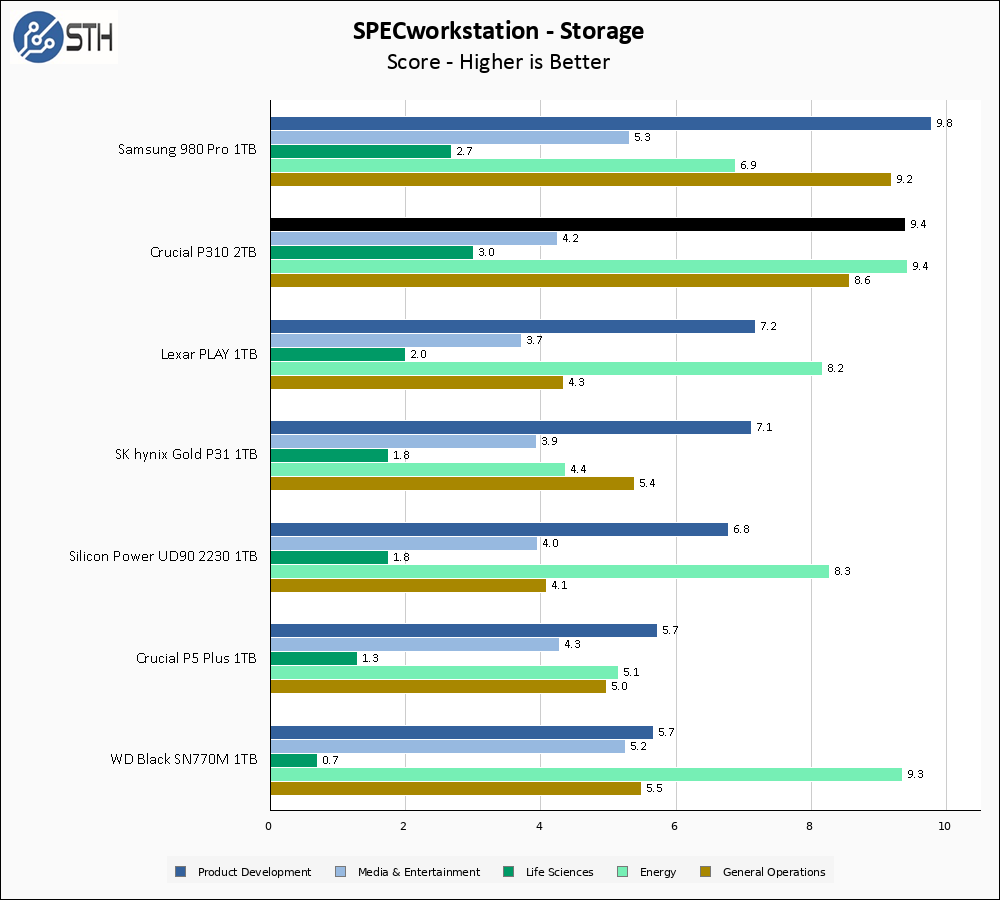
Professional performance is not the target for the P310. At the same time, performance in SPECworkstation for the P310 is very good. All test turn in at least good numbers, and everything but Media turns in what I would consider a very strong result.
Sustained Write Performance
This is not necessarily a benchmark so much as trying to catch the post-cache write speed of the drive. While I am filling the drive with data to the 85% mark with ten simultaneous write threads, I monitor the drive for the write performance to dip to the lowest steady point and grab a screenshot.
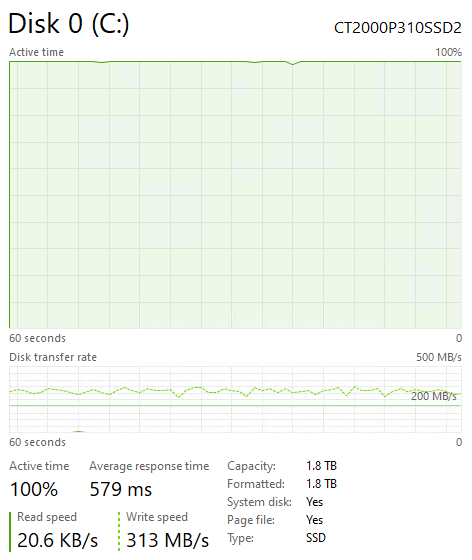

Long-term sequential write speed comes in at 330 MB/s. For a read-focused drive that result is acceptable, though as you can see it is far from good. This kind of result is to be expected given the constraints of QLC NAND and the power / form factor restrictions the P310 is operating within.
Temperatures
We monitored the idle and maximum temperature during testing with HWMonitor to get some idea of the thermal performance and requirements of the drive.

The P310 2TB can get pretty hot; mine reached 82C. At 82C the drive thermally throttles its performance, so that is not something I wanted affecting my testing. Given that this drive is a 2230-sized drive, I also had to “MacGyver” a cooling solution, but I was able to get it working in one of my heatsinks. All benchmarks were performed with the heatsink mounted to keep temperatures under control. In an average gaming scenario, this drive is unlikely to hit such high temperatures.
Final Words
The Crucial P310 1TB is launching at $115 MSRP for the 1TB drive, and $215 for the 2TB drive. These are MSRP numbers, not sale prices on Amazon, and it happens to be Prime Day at the time of this review. There are certainly less expensive 2TB 2230 drives on the market, though most of them are 5000 MB/s class drives. The only other 7000 MB/s drive I am aware of is the Corsair MP600 Mini and it is $230 for the 2TB drive, so my thinking is that $215 for the P310 2TB is at least somewhat fair.
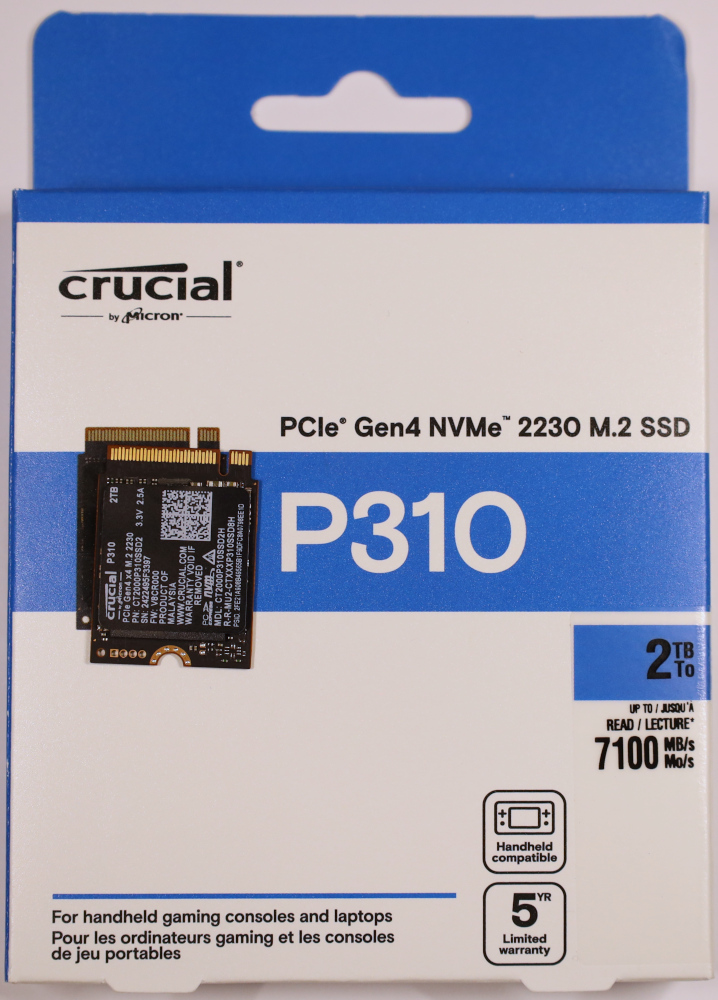
I like the Crucial P310. More accurately, I feel like the P310 is well-targeted at a specific market, rather than being a jack-of-all-trades kind of drive. If you need something for your Steam Deck or ASUS ROG Ally or any other kind of tiny laptop or handheld where the focus is going to be on read performance, then the P310 and its choice of QLC NAND is going to be acceptable. Crucial told us that the P310 achieves its high-performance marks without higher power consumption compared to drives like the WD Black SN770M, which is a very positive thing and jives with the intended usage target for this drive.
If you want other things out of your drive, like say a heavy access database, write cache drive, or other write-intensive workload, then the P310 is simply not designed for that workload and Crucial is not afraid to admit that. While I do not like the lower-rated endurance, it certainly makes sense in the context of a gaming-focused drive and the read performance is certainly the best I have seen out of a 2230-sized SSD. I feel like, with the P310, its fate will be dictated by the reaction of the market. If the market fills up with other 7000 MB/s 2230 drives that have higher endurance TLC NAND, then the P310 would need to adjust for that via pricing. But for now, with a market full of 5000 MB/s drives as competitors, the Crucial P310 stands pretty tall.

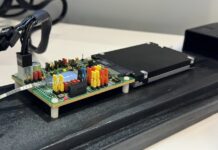
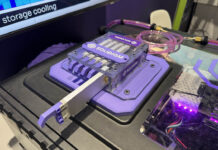
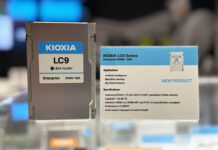
It would be interesting to have a benchmark that reflects the typical “download game at from steam and decompress it simultaneously” workload. At which point does the drive become the limiting factor rather than the network? Some QLC drives become a heavy bottleneck if you have 1Gbit/s download speed if they’re nearing full.
Thomas,
This drive did not dip that low, even when it was 85% full. It maintained 300+ MB/s write speed.
@Thomas. In that use case the CPU is always the limiting factor, the drive speed will always be sufficient.
Personally I’d prefer a 1GB/s transfer rate but at 16TB and for about £200.
Don’t really mind the form factor.
I understand this won’t happen due to market forces, but still, nice to dream.
Cooling does seem ahem, crucial. We’ve found lots of good cooling solutions for 2280 drives but will need to look into solutions that can work where we are using these for 2230-sized ones. Thatbeing said, there are several use cases in our environment where the physically smller ones would be useful, and this seems like a good option.
Im sending mine back, it is heavily thermal throttling to the point where read / writes are sitting around 60MB/s in an open case. This was when actually trying to image to a new drive with the P310 as the source. It was running very hot when idle and once you start to do anything involving transfers its straight to the 85c mark and crawling.